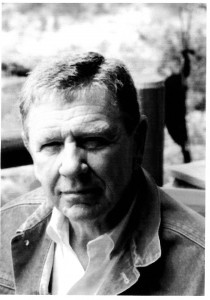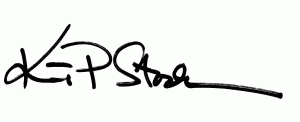This post is part of The Plank Center’s Legacies from Legends in PR Series that was begun in recognition of the 40th Anniversary of the Public Relations Student Society of America in 2007.
Current member of the New York Stock Exchange Regulation Board and the Securities Industry Regulatory Authority Board; chairman of the Individual Investors Advisory Board. Previously, an associate professor and director of Graduate Public Relations at Northwestern University’s Medill School of Journalism; chief corporate relations officer of Continental Bank; SVP at United Airlines and UAL, and Hill and Knowlton. Past president, the Arthur W. Page Society, and a member of its Hall of Fame (2001).
One of the great things about public relations is that you are working at the interface – with everyone and everything that can substantially impact the outcome of an organization. Sometimes we are a contributor, and sometimes we are the director of the outcome. It’s where we work and what we do. The Chicago Police have a slogan on their shoulder patches: “We serve and protect.” Well, ours should say, “We protect and produce.” In public relations it is all about the success of the enterprise, the ability of the organization to meet its goals, accomplish its plans and meet the measurements consistent with its mission.
It is vital to know how your organization works, to understand the financials, understand what determines success and where you can produce or protect. We are responsible, first, for our reputation, for the trust all the stakeholders put in our organization. Reputation is the ante; without watching over it, your ability to do more is in jeopardy. It has everything to do with how you see your job, your responsibility, your space and your ability to deliver on an ambitious view of your profession.
One of the major differences between the top people in public relations and those who feel they don’t get enough respect is personal and professional self-confidence. This is the “essence” of who we are, and we have to stake claim to our impact on the success of the enterprise. Standing at the interface is not without risk.
Not everyone is suited to be in public relations. Public relations has historically been taught beside journalism, as a communication development and dissemination job, one that explained, positioned, convinced or frankly covered up an organization’s actions, good or bad. That was never the perfect model. The outcomes, the trust, even the successes are driven by behavior – more about how the organization is behaving than what it is saying.
Public relations is a very visible and sometimes controversial position. It is our job to “tell truth to power,” which is not always desired or accepted. But it is what we do – especially in this increasingly transparent world, and sometimes it requires you to put your job on the line. I can remember being asked by a CEO to communicate to customers and employees why we were arbitrarily shutting down some offices and not others. My answer was that “I was not good enough; the facts did not support the action.” The result was a more rational approach to office shutdowns. The idea is to focus on outcomes, not merely outputs: we need to keep our eye on the business side of the business.
While the profession is getting tougher, it can also be a lot more rewarding. There are no more secrets; the media is no longer the best path to acceptance; the shareholder is becoming more empowered, aggressive and intrusive; and brands are losing their power. Bottom line, whether we are working at the center of the storm, or on the fringes, we must have management’s confidence that not only do we understand the issues, but that we can be effective in influencing the ultimate outcome. Good business judgment, no matter how you acquire it, is fundamental to success in public relations.
